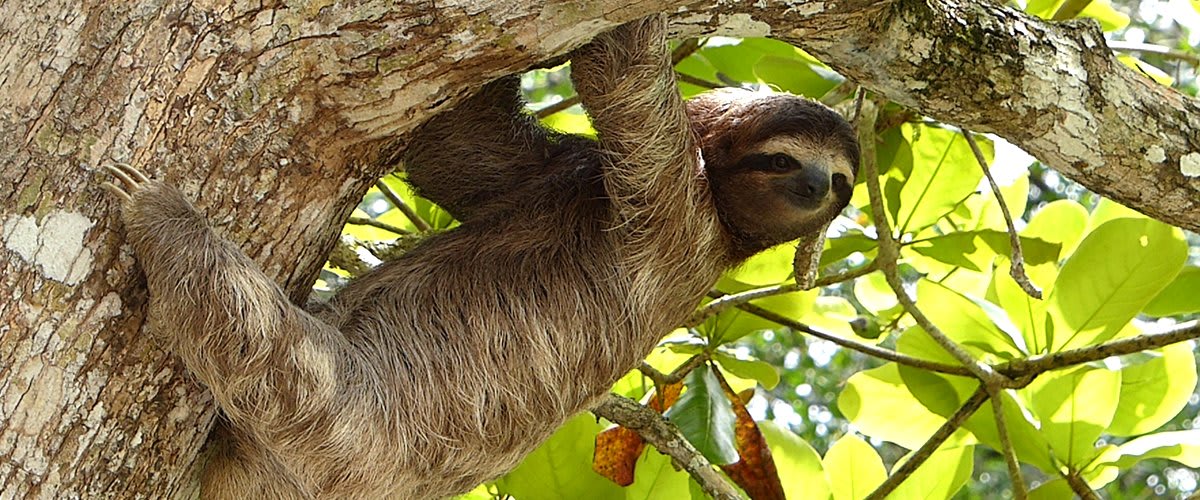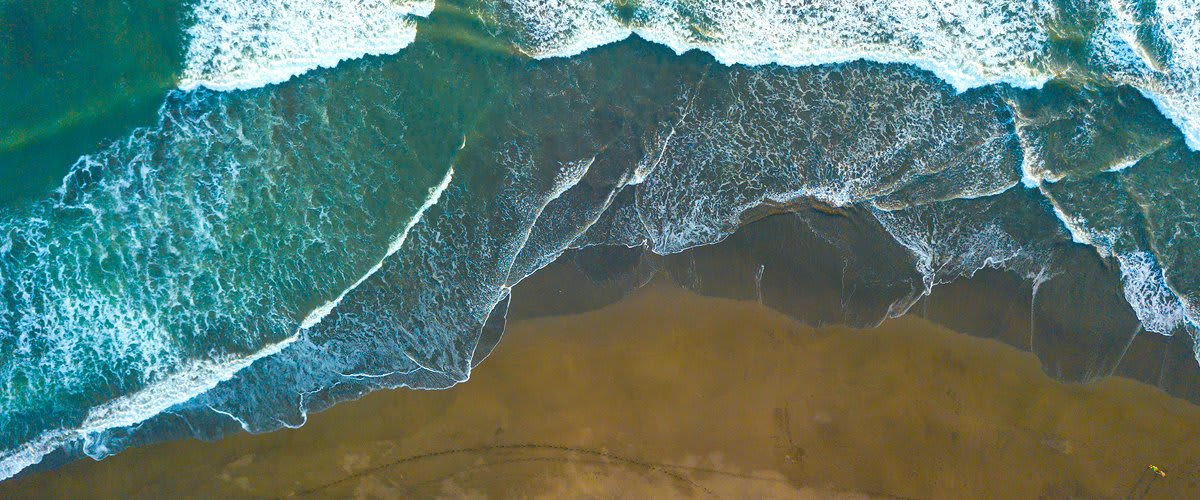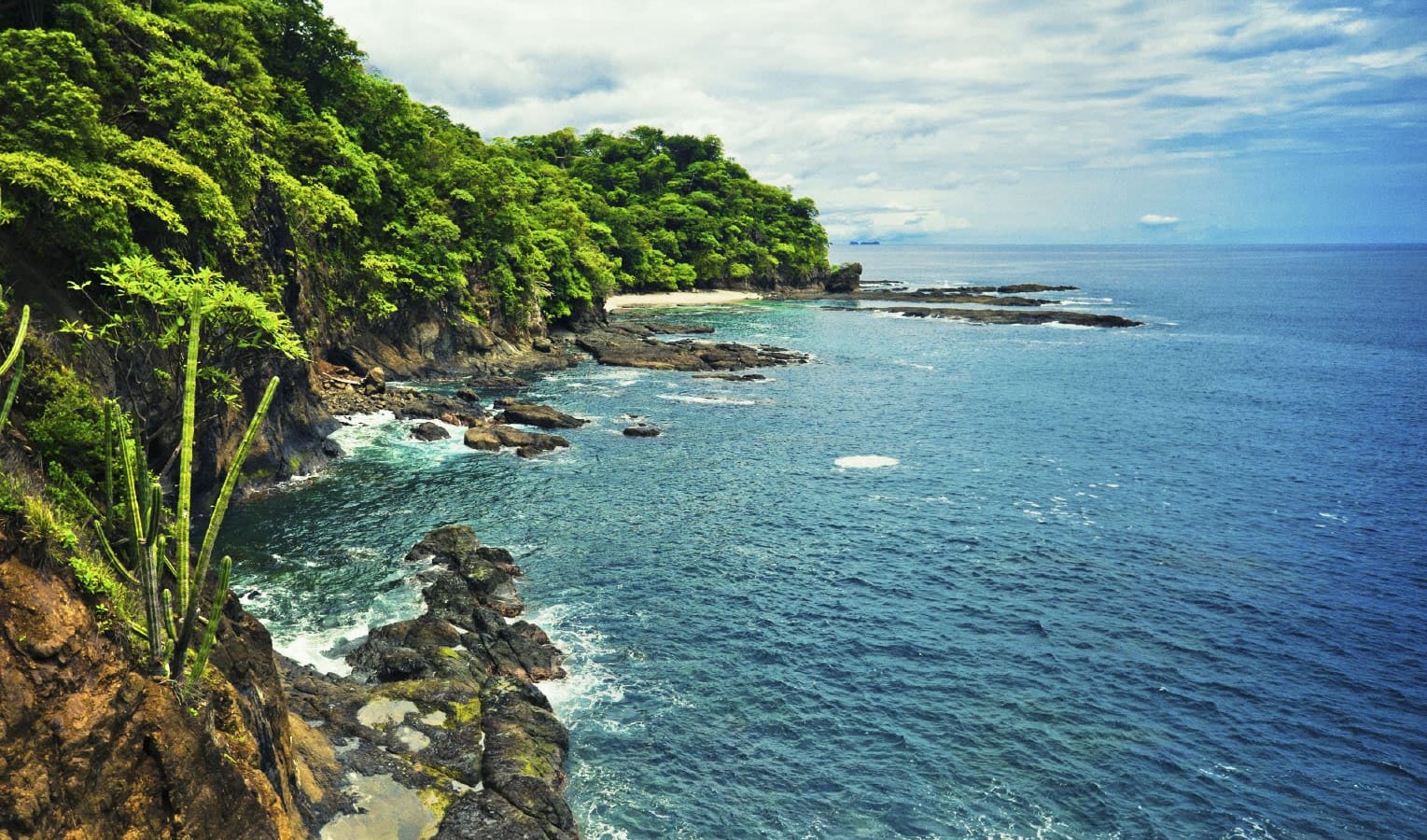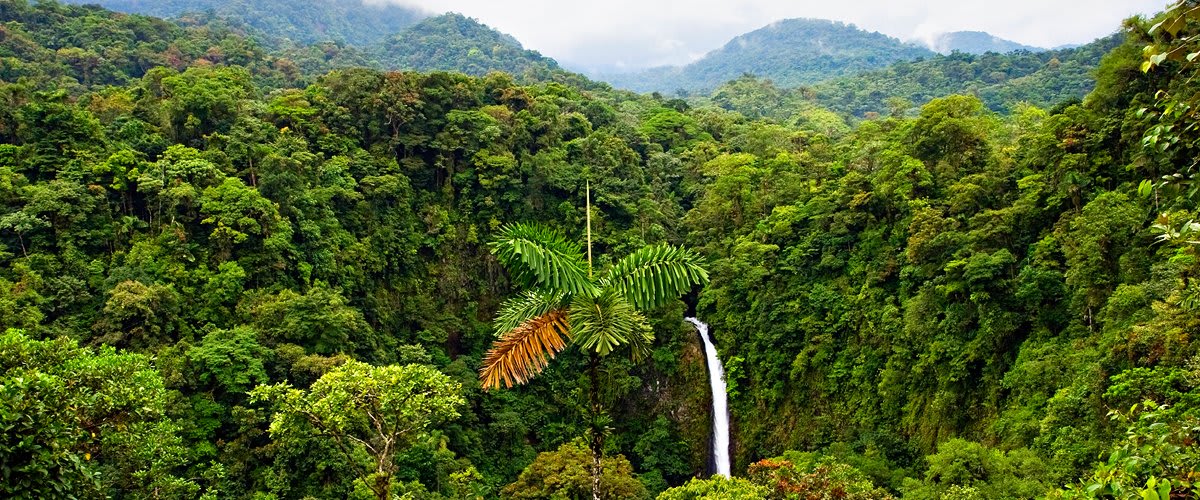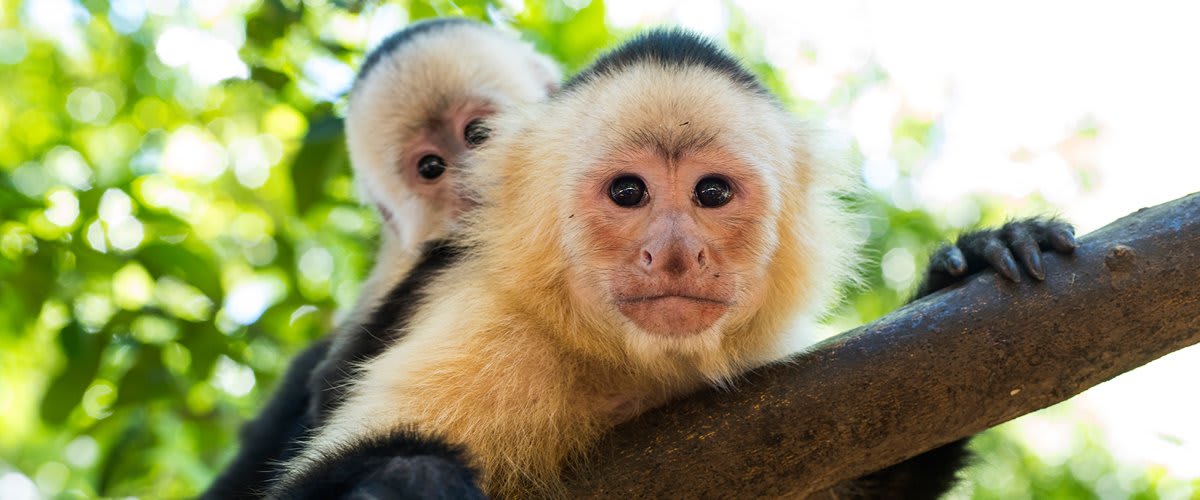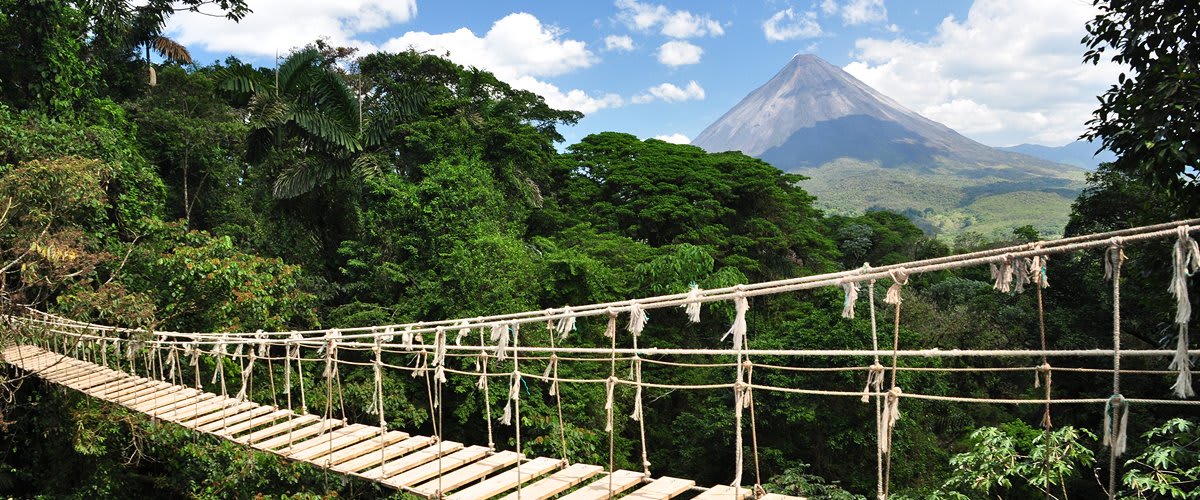 Costa Rica
Costa Rica
While Spain named it "Rich Coast" for the gold they found, tiny Costa Rica has become a tourist treasure, especially for the outdoor enthusiast, offering both beautiful resorts and adventure travel opportunities. Go whitewater rafting, trek through the rainforest, climb a volcano, snorkel, or fish. Then there are the Pacific and Caribbean beaches, separated by just 75 miles of the narrow peninsula.
Tours & Packages
Search filters:
- Regions: Central America
- Destinations: Costa Rica
- including closed packages
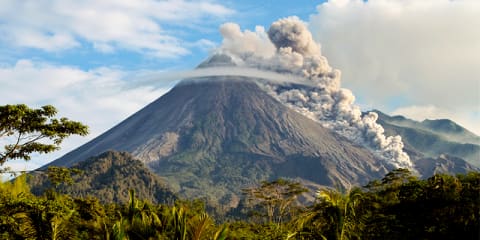
The capital San José, spectacular Arenal and its volcano, 2 relaxing days in Playa Hermosa; travel on your own with flights & hotel included. Optional pre-tour to Tortuguero.
From
$2199W/ Flights
From
$1749Tour Only
Days
Trip Reviews & Photos
We love hearing your stories and seeing your photos! Here are some moments other travelers captured on this package. Or check out our entire fan photo gallery.
No reviews yet! Check back soon to see what our travelers are saying.
Traveled with us, but haven't received an invitation to review your trip? Contact us at reviews@friendlyplanet.com.
Highlights
To see full details, click the button to the right.
Fast Facts
Already booked on one of our packages to Costa Rica? See everything you need to know before you go.


